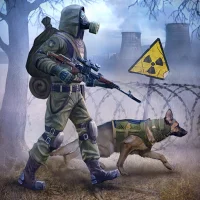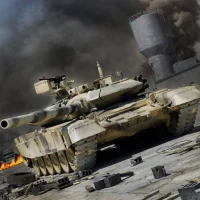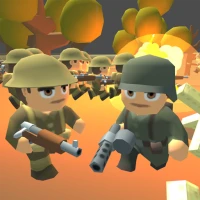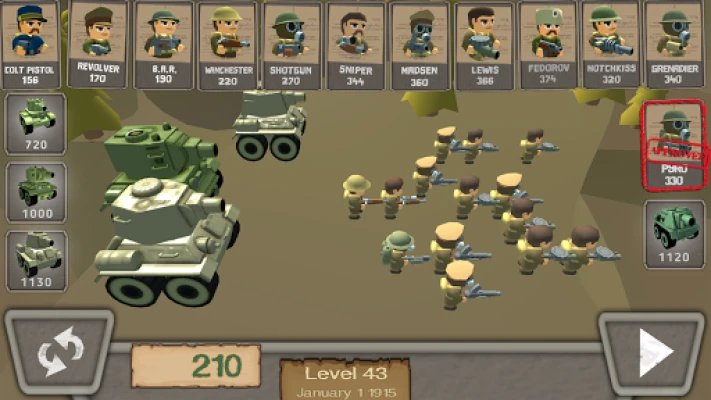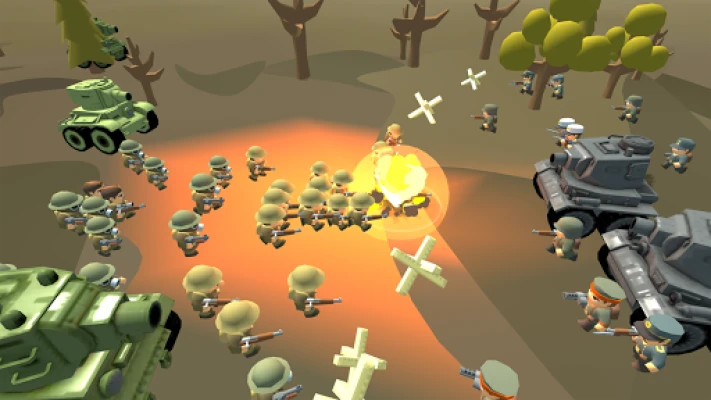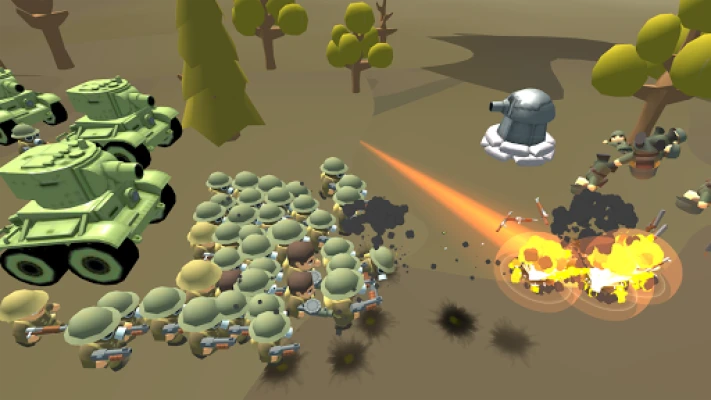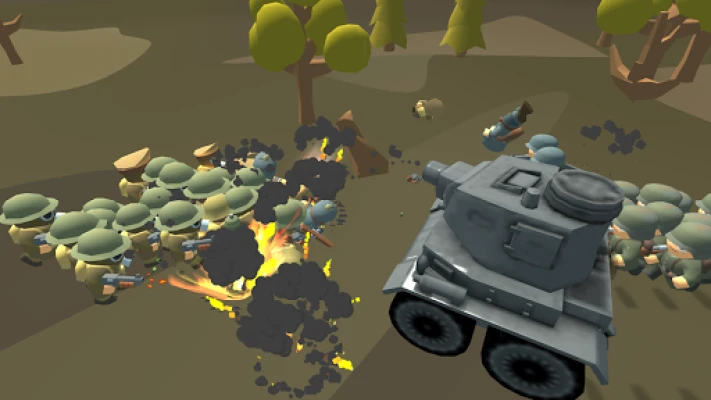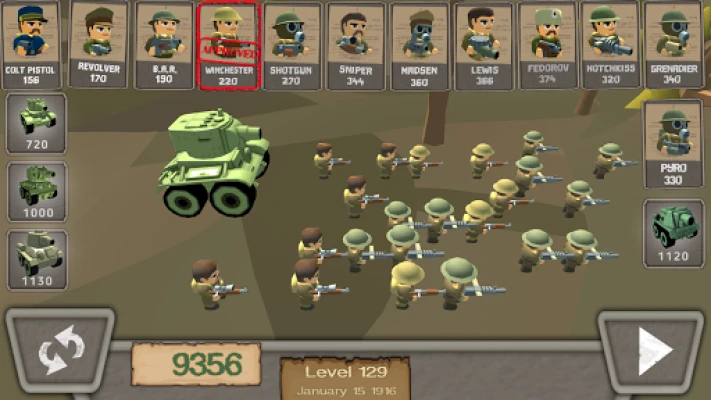
Latest Version
1.16
May 03, 2025
GO AWAY
Games
Android
0
Free
com.bgs.ww1.battle.simulator
Report a Problem
More About WW1 Battle Simulator
Mastering Strategy and Tactics for Victory in Warfare
In the realm of warfare, success hinges on the effective application of strategy and tactics. To achieve victory, one must navigate the complexities of battle with precision and foresight. This article delves into the evolution of military strategy, highlighting the transition from traditional trench warfare to modern mechanized combat, and the lessons learned from World War I as a precursor to World War II.
The Evolution of Warfare: From Trenches to Tanks
The landscape of warfare has undergone significant transformations over the decades. World War I introduced a grueling style of combat characterized by trench warfare, where soldiers faced dire conditions and a stalemate that often resulted in heavy casualties. However, the lessons learned from this conflict paved the way for a new era of warfare.
As military technology advanced, the introduction of tanks and mechanized infantry revolutionized combat strategies. The shift from static defenses to mobile warfare allowed armies to maneuver more effectively, striking at the enemy's weak points and achieving decisive victories. Understanding this evolution is crucial for modern military strategists and historians alike.
Key Strategies for Achieving Victory
To secure victory in any military engagement, commanders must employ a variety of strategies tailored to the specific context of the conflict. Here are some essential strategies that have proven effective throughout history:
1. Intelligence and Reconnaissance
Gathering accurate intelligence is paramount. Understanding the enemy's movements, strengths, and weaknesses allows commanders to make informed decisions. Modern technology, including drones and satellite imagery, enhances reconnaissance efforts, providing real-time data that can shift the tide of battle.
2. Adaptability and Flexibility
In warfare, the ability to adapt to changing circumstances is vital. Commanders must be prepared to alter their strategies based on the battlefield dynamics. This flexibility can mean the difference between victory and defeat, as rigid plans often fail in the face of unexpected challenges.
3. Effective Communication
Clear and efficient communication among troops is essential for coordinated efforts. Utilizing modern communication technologies ensures that orders are relayed swiftly, allowing for synchronized maneuvers that can overwhelm the enemy.
4. Psychological Warfare
Warfare is not solely about physical confrontations; psychological tactics play a crucial role. Undermining the enemy's morale through misinformation, propaganda, and strategic deception can lead to disarray within their ranks, making them more susceptible to defeat.
Lessons from World War I: A Prelude to World War II
World War I served as a critical learning experience for military leaders worldwide. The stagnation of trench warfare highlighted the need for innovation in tactics and technology. As nations emerged from the devastation of the Great War, they began to rethink their military strategies, leading to the rapid advancements seen in World War II.
One of the most significant lessons was the importance of mobility. The introduction of tanks and mechanized units allowed for rapid advances and breakthroughs that were previously unattainable. This shift not only changed the nature of ground combat but also influenced air and naval strategies, emphasizing the need for a multi-faceted approach to warfare.
Conclusion: The Path to Victory
Achieving victory in warfare requires a comprehensive understanding of strategy and tactics. As history has shown, the transition from trench warfare to modern combat illustrates the importance of adaptability, intelligence, and effective communication. By learning from past conflicts, military leaders can develop innovative strategies that ensure success on the battlefield.
In the ever-evolving landscape of warfare, the lessons of World War I remain relevant. As we look to the future, embracing technological advancements and refining our strategic approaches will be essential for securing victory in any conflict.
Rate the App
User Reviews
Popular Apps




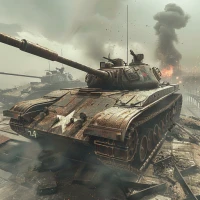





Editor's Choice



